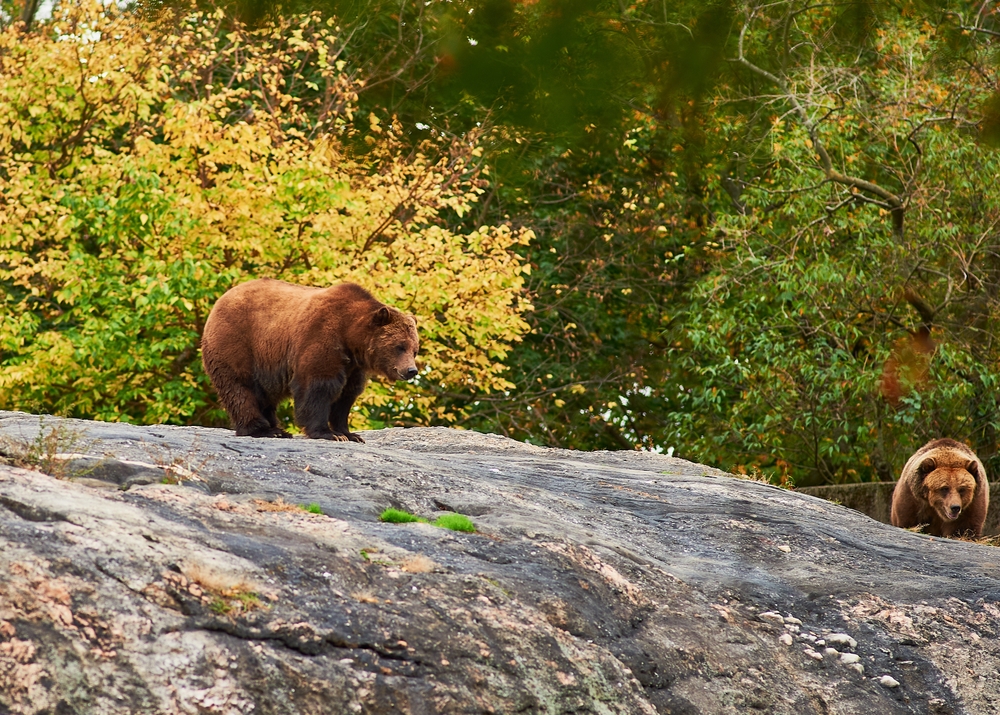Hiking is all about reconnecting with nature, but sometimes that connection can come with teeth, claws, or venom. While most wildlife steers clear of humans, crossing paths with certain animals can turn your idyllic trek into a nightmare. Here are 13 dangerous animals that you definitely don’t want to meet on the trail—and how to handle it if you do.
1. Grizzly Bears
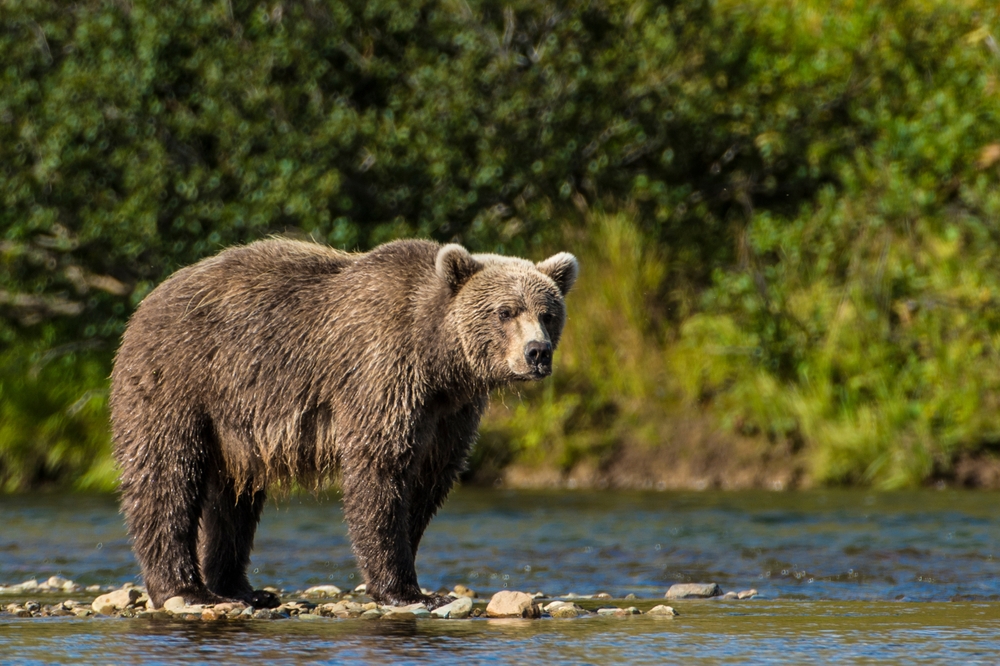
Few things are as terrifying as encountering a grizzly bear in the wild. Known for their massive size and aggressive defense of their cubs, grizzlies can charge at speeds of up to 35 mph. If you cross paths with one, avoid running and try to appear non-threatening. Carrying bear spray is your best line of defense—it can stop a charging bear in its tracks, giving you a chance to retreat safely.
2. Mountain Lions
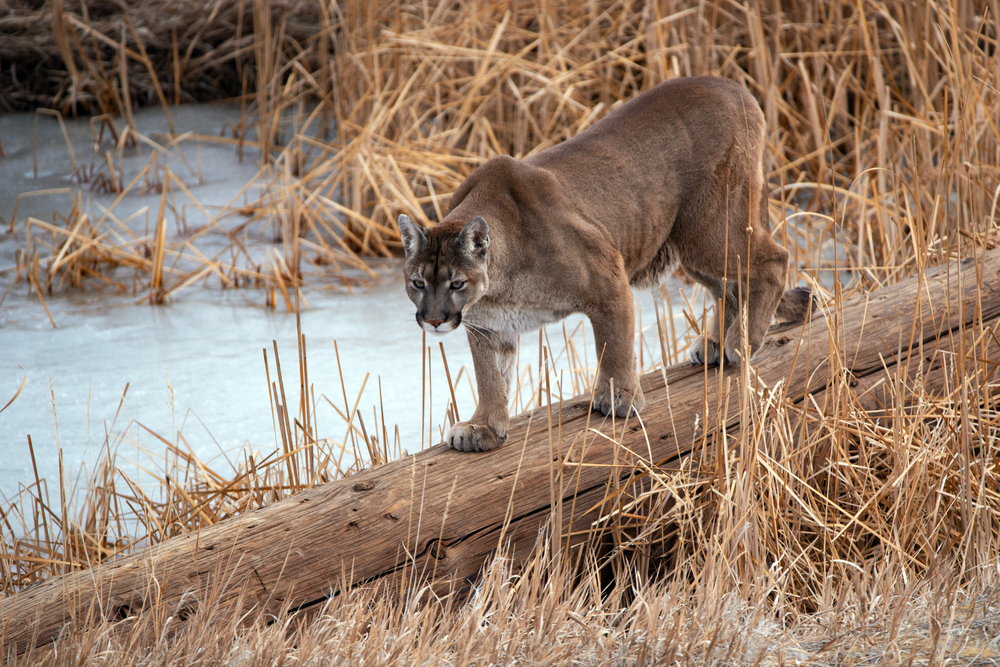
Stealthy and powerful, mountain lions are apex predators that are rarely seen before they strike. These cats are most dangerous when they feel cornered or when protecting their territory. If you encounter one, do not crouch or turn your back—stand tall, make noise, and try to appear larger. Slowly back away while maintaining eye contact. Hiking with a group and carrying a whistle or trekking poles can help deter an attack.
3. Timber Rattlesnakes
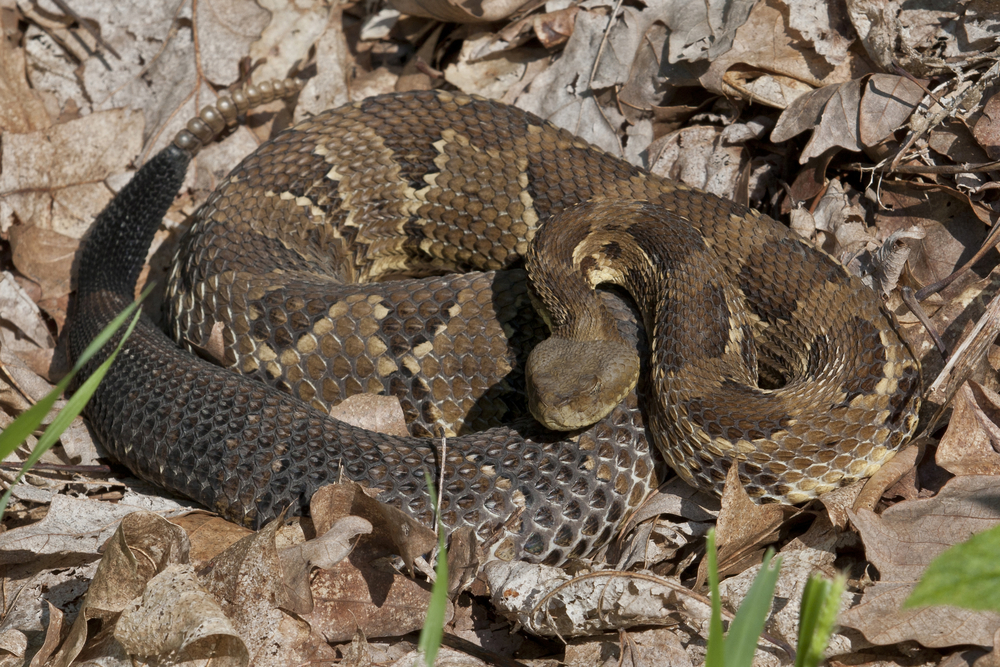
Timber rattlesnakes are masters of camouflage, often blending seamlessly into rocky trails or leaf-covered paths. While they typically avoid humans, their venomous bite can be life-threatening if provoked. To avoid surprises, stay vigilant on trails, especially in warm weather when snakes are most active. If you hear their distinctive rattle, freeze and locate the snake before slowly moving away. Always wear sturdy boots and stick to marked trails.
4. Wolves
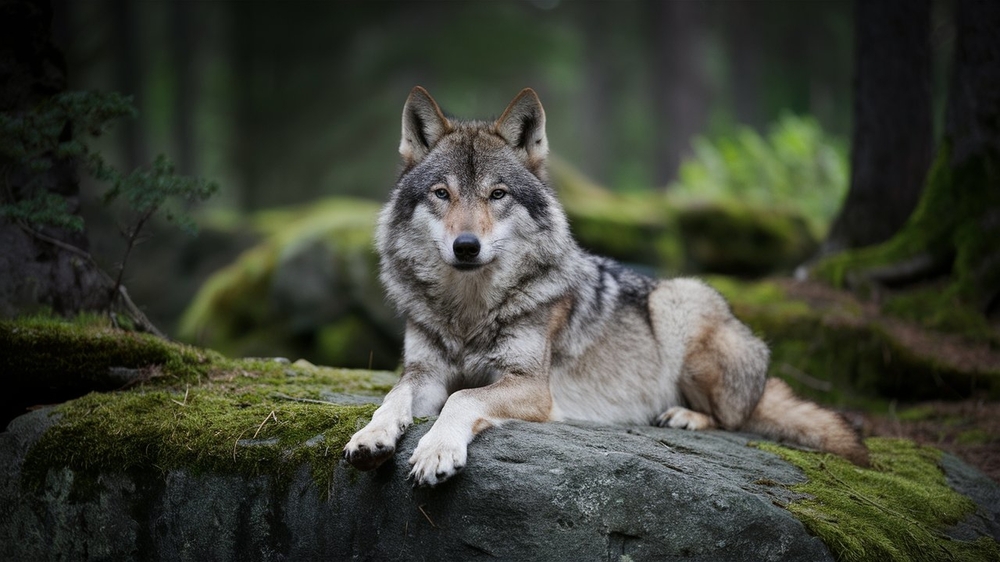
Wolves rarely attack humans, but encountering a pack can still be unnerving. These intelligent predators are highly territorial and may see lone hikers as a threat. If you spot a wolf, stay calm and avoid making sudden movements. Back away slowly while facing the animal. In the rare event of an aggressive approach, make yourself appear larger and make loud noises to discourage a confrontation.
5. Black Bears
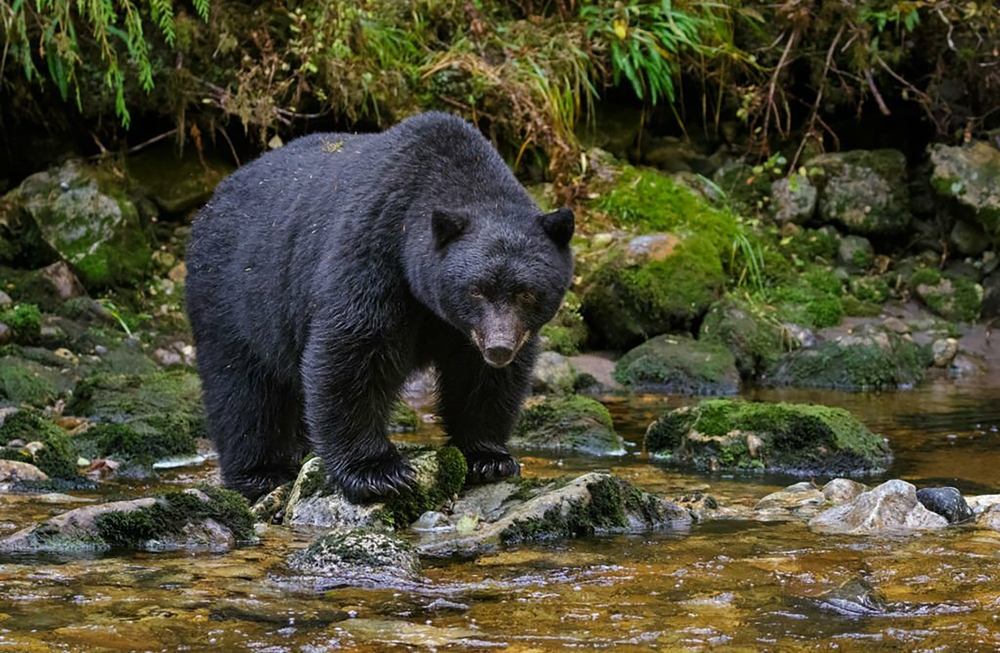
While less aggressive than grizzlies, black bears can still be dangerous, especially when food or cubs are involved. They are known to rummage through campsites, so proper food storage is crucial. If a black bear approaches, speak calmly and assertively while backing away. Unlike with grizzlies, you may need to fight back if a black bear attacks. Making noise on the trail can help prevent surprising one.
6. Wild Boars
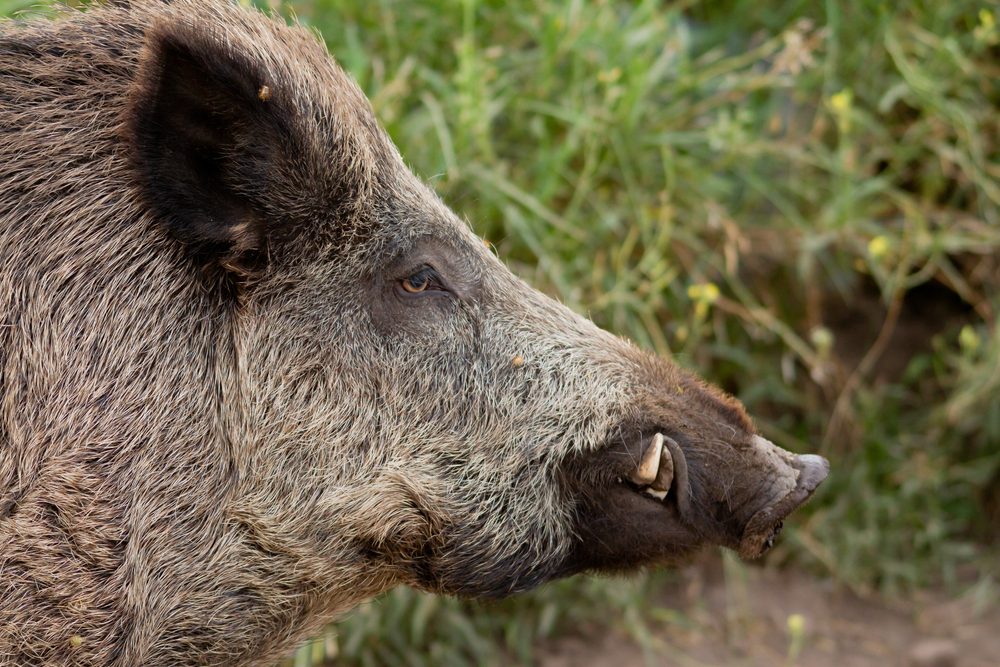
Wild boars may not look as intimidating as some predators, but their sharp tusks and unpredictable aggression make them a serious threat. They are especially dangerous when startled or protecting their young. If you encounter one, keep your distance and avoid making sudden movements. Climbing a tree or finding higher ground can help you stay safe if a boar charges.
7. Coyotes
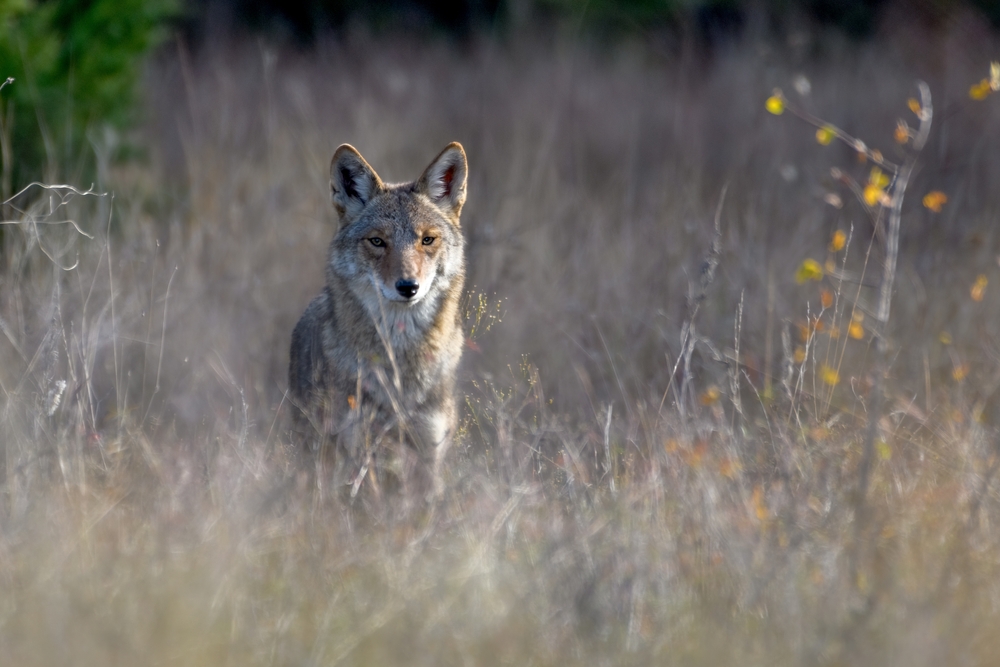
Coyotes are typically shy but can become aggressive if habituated to humans or if they feel threatened. They are particularly bold in areas where food scraps attract them. If a coyote approaches, make loud noises, wave your arms, and throw small objects toward it to scare it off. Avoid feeding wildlife to discourage future encounters.
8. Moose
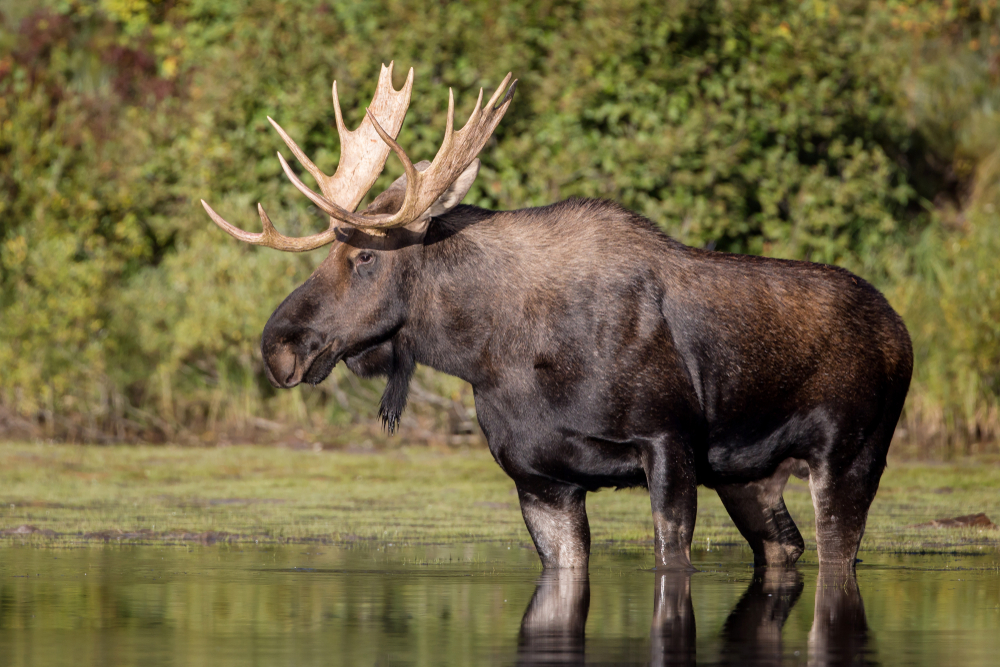
Despite their calm appearance, moose are surprisingly aggressive, especially during mating season or when protecting calves. Their sheer size and powerful kicks make them a formidable threat. If you encounter a moose, keep a considerable distance and avoid making sudden movements. If a moose charges run to safety behind a tree or large obstacle.
9. Alligators
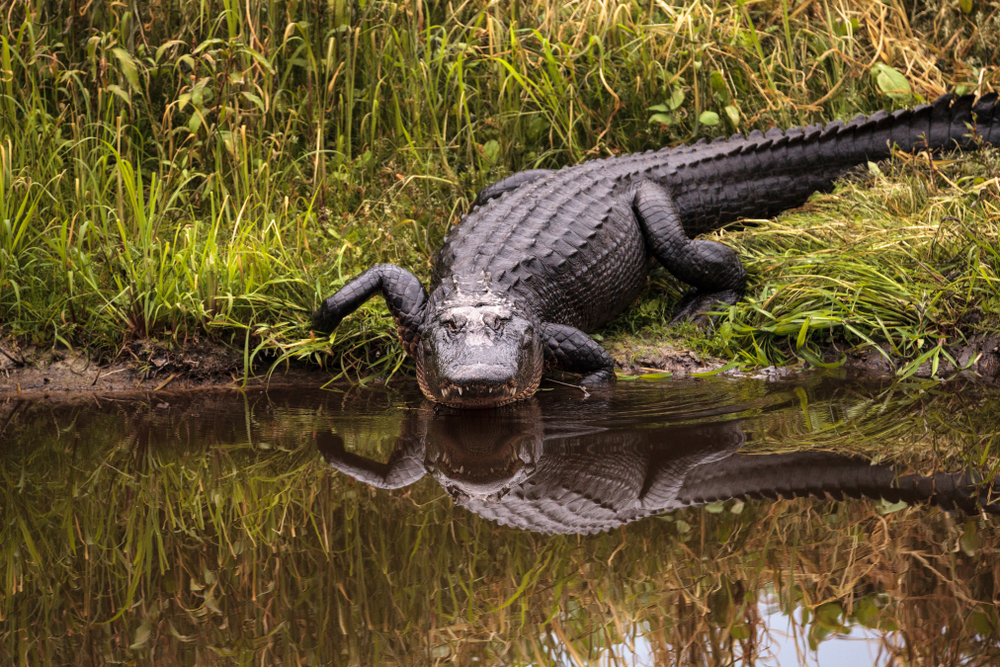
In swampy or wetland areas, alligators are apex predators that can strike with lightning speed. They are most dangerous near water edges, where they wait for prey. If you see an alligator, give it a wide berth and avoid swimming in its habitat. If one approaches on land, move quickly away in a straight line—contrary to myths, you don’t need to zigzag.
10. Gila Monsters
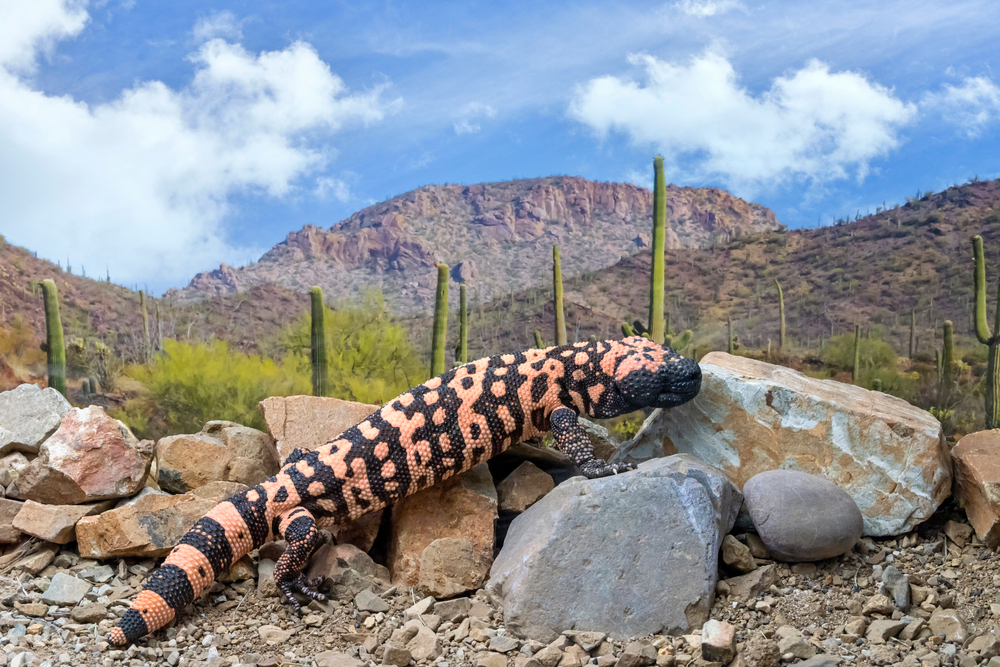
Gila monsters are slow-moving but venomous lizards found in desert regions. Their bites are rare but can cause intense pain and complications. If you spot one, admire it from a distance and avoid provoking it. They are most active in warm weather, so stay alert when hiking through arid landscapes.
11. Bison
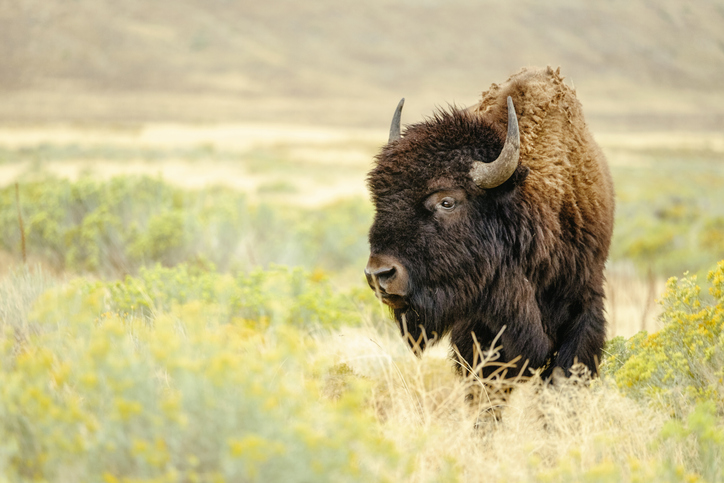
Bison may seem like gentle grazers, but their size and speed make them extremely dangerous if provoked. They can charge without warning, reaching speeds of 35 mph. Keep at least 25 yards away and avoid loud noises or quick movements that might startle them. Remember, bison attacks are often due to people getting too close for photos—don’t risk it.
12. Jellyfish (in Coastal Areas)
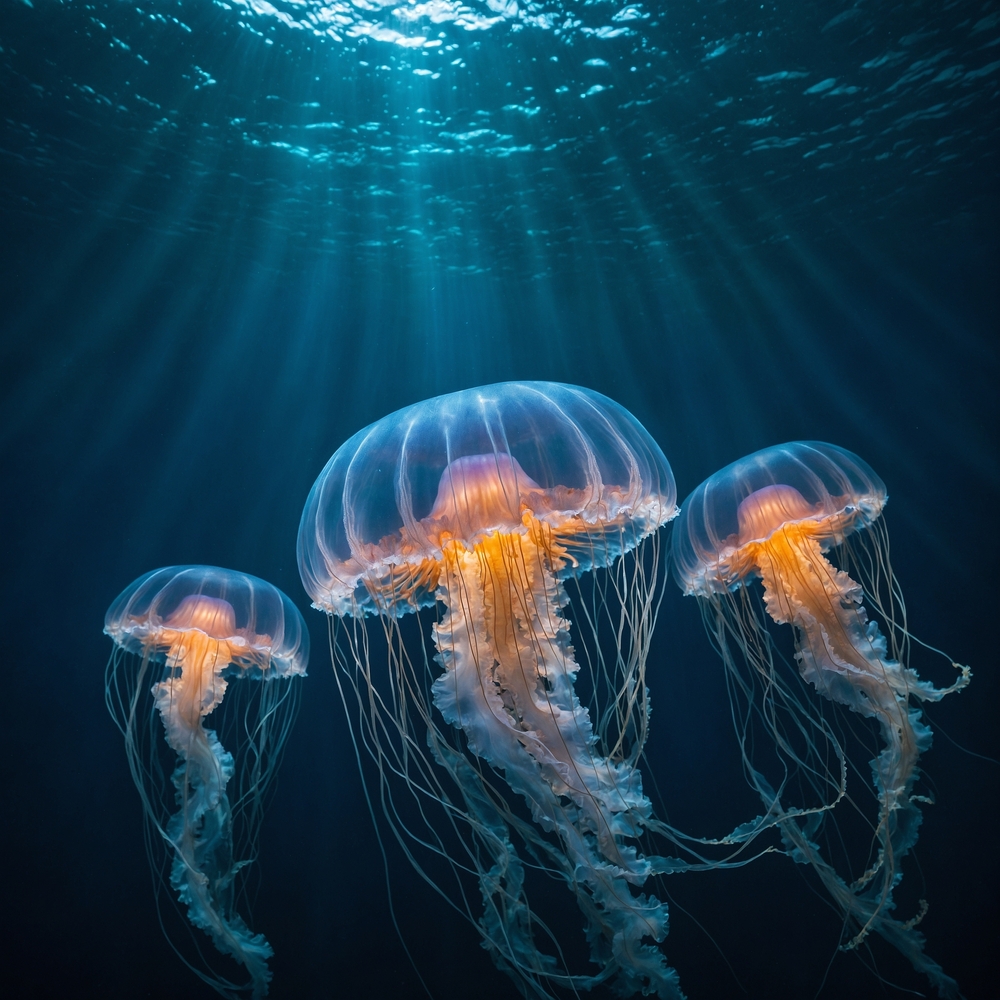
While not your typical hiking hazard, jellyfish can be a surprise in coastal hikes with beach access. Some species, like box jellyfish, are highly venomous and can cause serious harm. If you’re hiking near water, avoid touching any jellyfish washed ashore. Always carry a first-aid kit for stings and know the location of the nearest medical facilities.
13. Polar Bears (In Arctic Regions)
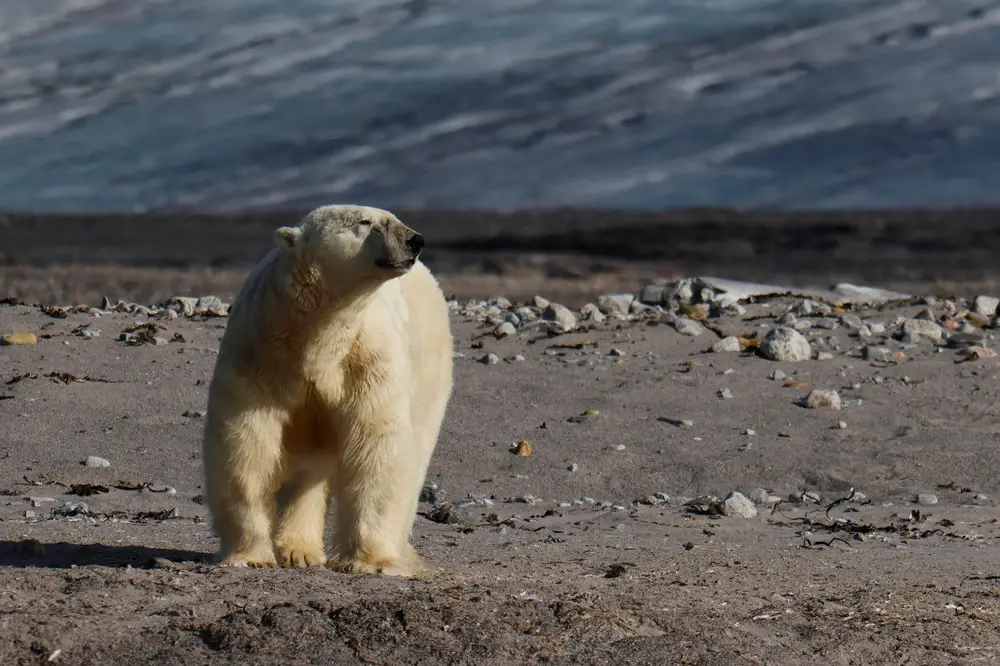
Polar bears are one of the most aggressive predators on the planet, and their curiosity often leads to close encounters with humans in Arctic regions. If you’re hiking in polar bear territory, travel in groups and carry bear deterrents. If a polar bear approaches, do not run—it can easily outrun you. Stand your ground and use any available deterrent to scare it off.

